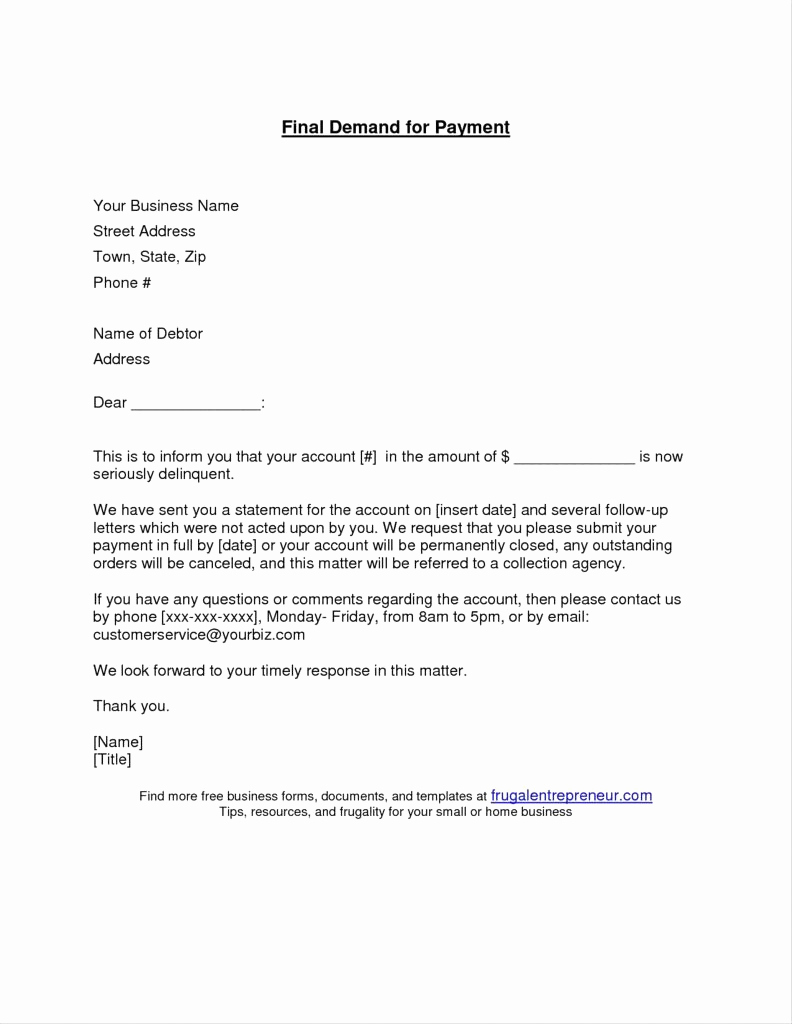

This is particularly important if the food product presents a very high food safety risk to the public, for example, the recalled food has been associated with illness. Media releases are an effective way of communicating recalls to the public and sponsors undertaking a consumer level recall should consider issuing one.

This document should be used alongside the FSANZ Food Industry Recall Protocol (7th edition, May, 2014).įor recall requirements in New Zealand and guidance material, contact the New Zealand Ministry for Primary Industries ( ĭownload the Food Recall Plan Template (word 197kb) Template to notify your business customers of the recallįSANZ has developed a template that sponsors can use to assist them prepare a media release for a food recall.

The template can be adapted to suit different food businesses’ situations and requirements. This template is provided on the understanding that businesses will exercise skill, care and judgment with respect to its use and will carefully evaluate the accuracy, currency, completeness and relevance. procedures for food retrieval and assessing any returned product.distribution and other records that will help identify and retrieve the recalled food.FSANZ and home state, distributors, wholesalers, retailers and consumers) contact details and procedures for notification (e.g.internal procedures and staff responsibilities for conducting a recall.Clause 12 of Standard 3.2.2 – Food Safety Practices and General Requirements, requires Australian food businesses engaged in food manufacture, importation or in the wholesale supply of food to have a written food recall system.įSANZ has recently produced a Food Recall Plan Template to help food businesses to develop their own food recall systems, including: A written food recall system is essential to ensure unsafe food can be quickly removed from the food supply chain.


 0 kommentar(er)
0 kommentar(er)
